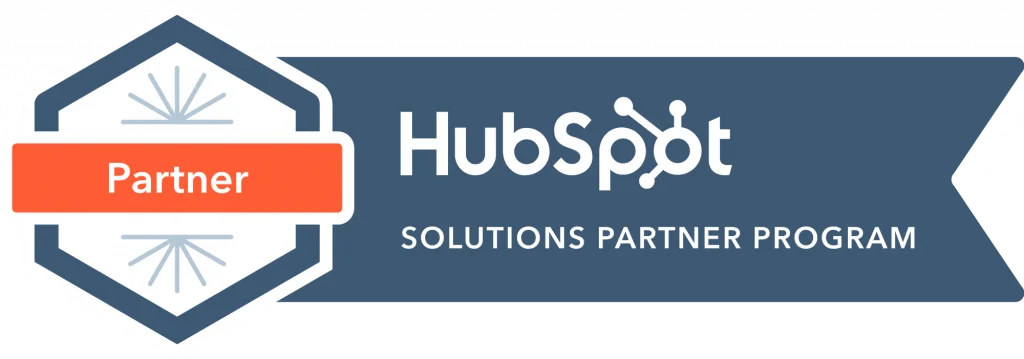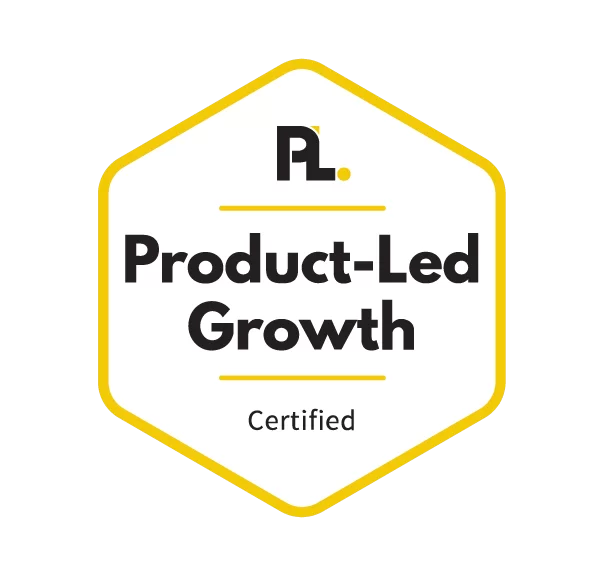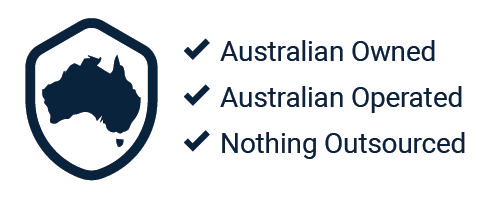
Website navigation primarily consists of the links within your website that connect different pages, otherwise known as internal link architecture. When sufficiently optimised, website navigation can do wonders for both user experience and your overall SEO performance.
Having a logical flowing navigation makes it simple for website visitors and search engines to locate their desired content. This generally results in higher conversions and increased search visibility. The biggest rule to follow when designing your website navigation is that ‘users always come first’. So ensure to make the navigation paths evident and easy. Once this is complete, go ahead with optimising for search engines. Continue reading as we discuss in more detail the best practices to follow when it comes to website navigation.
Content Hierarchy
When looking for a chapter or a page within a book, you can easily read the table of contents and find the desired chapter/page. This provides an efficient way to navigate through a large amount of content. Likewise with a website, having a structured content hierarchy simplifies the process of finding content. So if you have a lot of content, this will help you break it down into relevant categories.
Within these categories, you can go ahead and create even smaller classifications, this helps build various levels of the content hierarchy, making it easier for users to narrow down their search. On top of this, organising pages in a hierarchical manner allows search engines to better understand the importance of each page. The categorisation of content also supports the rankings of pages for their heading terms and unique long-tail keywords:

Content silos are clusters of similar topics, which are created through hierarchy optimisation and categorising content. Some silos will be naturally more popular than others, which may result in the respective pages receiving more external links and visibility than others.
If the content is over-siloed and struggles to gain traffic, it’s unlikely to perform as well as the others. Any content that is relevant and broken into separate silos should be grouped together. This can be solved by horizontal linking, which is cross linking between content silos that share relevant and similar content.
Internal Linking Best Practices
Websites that list more than one service or product will focus heavily on appropriately categorising their pages, content silos and internal linking.
However, from an SEO point of view, there are additional assets that can be created that can link back to these services and product pages. This normally comes in the form of a blog post, which will include internal links to the mentioned services and products.
Blog posts are a great source for driving more traffic towards the desired pages, generally being services or product pages. Using this form of linking helps further educate users about your service/product and gives them another source of navigation.
Javascript & Website Navigation
Sometimes, web pages and therefore links are written in JavaScript. This can cause problems for search engines when trying to locate links that are within JavaScript.
Despite Google improving their JavaScript readability over recent years, the SEO community has concluded that the results are still unstable. On top of this, other search engines have no capabilities whatsoever when it comes to crawling JavaScript pages.
To put it simply, your internal linking is at a risk of being lost during a search engine crawl if it’s written in JavaScript. However, from a web design perspective, JavaScript can prove to be essential to a great user experience. So it’s important to find the balance between design and SEO.

A primary function of JavaScript is to hide and display specific content within a page without switching between other pages. Because of this, all of the content must be pre-loaded. Google is still able to read and crawl all of this content, even if it is hidden.
Keep in mind that the amount of hidden content should be minor and may cause difficulty for search engines if the majority of the content is hidden. A good rule to follow is to keep the most important content (internal links for example) above the fold and within clear display for both users and search engines.
‘First Link’ Priority
If your web page includes more than one link that leads to the same page, search engines upon crawling your site will only take into account the first link they come across, any duplicates will be ignored.

A big thing to keep in mind under this point is that the left-side bar and top-bar navigation always comes first in the source code, before the primary content. This is important to remember as search engines crawl your page in order of source code, and these navigation elements generally consist of anchor text (a link). On top of this, links within the primary content tend to be keyword focused for SEO purposes, with supporting content, unlike navigation links which are more optimised for design instead of keyword focused.
Therefore, it’s a good idea when building your website navigation to ensure you follow the first link priority. This means prioritising the insertion of links within the primary content before the top bar and side bar navigation menus, allowing search engines to detect the most important links with relevant keywords and supporting content that surrounds it.
Large Website Navigation
Websites that contain many pages will likely face difficulties when it comes to website navigation. Naturally, a menu navigation bar normally links to the majority of pages of a website, and your XML sitemap helps index each of these pages. However, larger websites generally experience problems when it comes to cross-linking between content silos, which creates distance between pages. Therefore some major sections of the site may not be collecting as much link juice as they would like from other relevant pages. On top of this, issues with JavaScript and first link priority are harder to detect across the vast amount of pages.
The best approach to this is applying methods of automation, which involves using tools such as Screaming Frog. This gives you a complete visualisation of the sites overall architecture. You can also use Ahrefs Site Explorer to analyse which pages are benefiting the most from backlinks, which should then be optimised for cross-linking to other pages that may lack link juice.
Conclusion
In conclusion, the main points to consider when improving website navigation include logically structuring the content hierachy, providing internal links for content marketing pages, optimising navigation for JavaScript, applying the ‘First Link Priority’ rule and using analysis tools for larger websites. At the end of the day, your website navigation should be built to satisfy the users first, and then afterwards be optimised for SEO performance where necessary.












